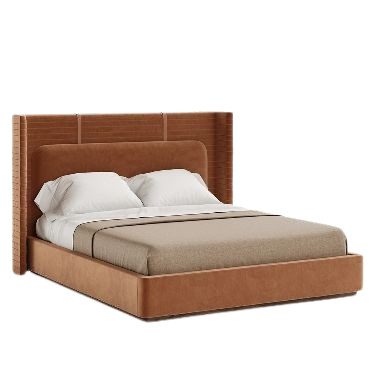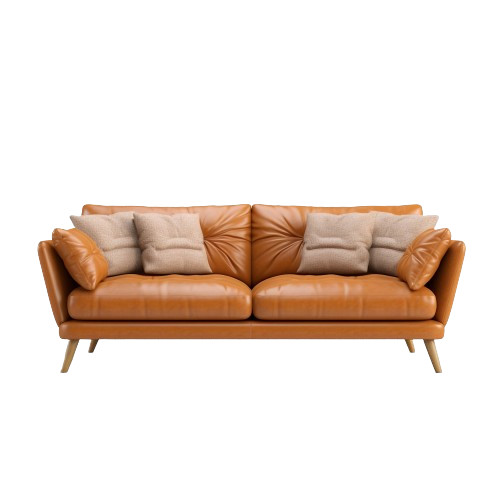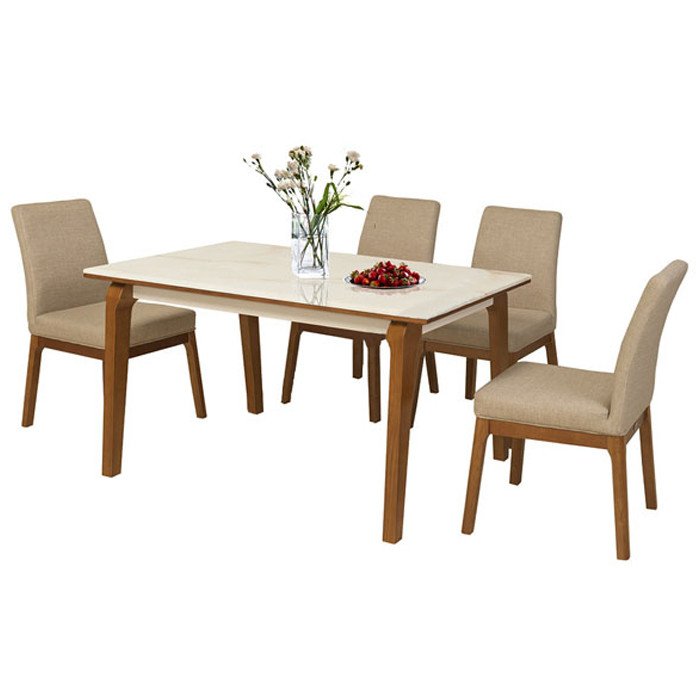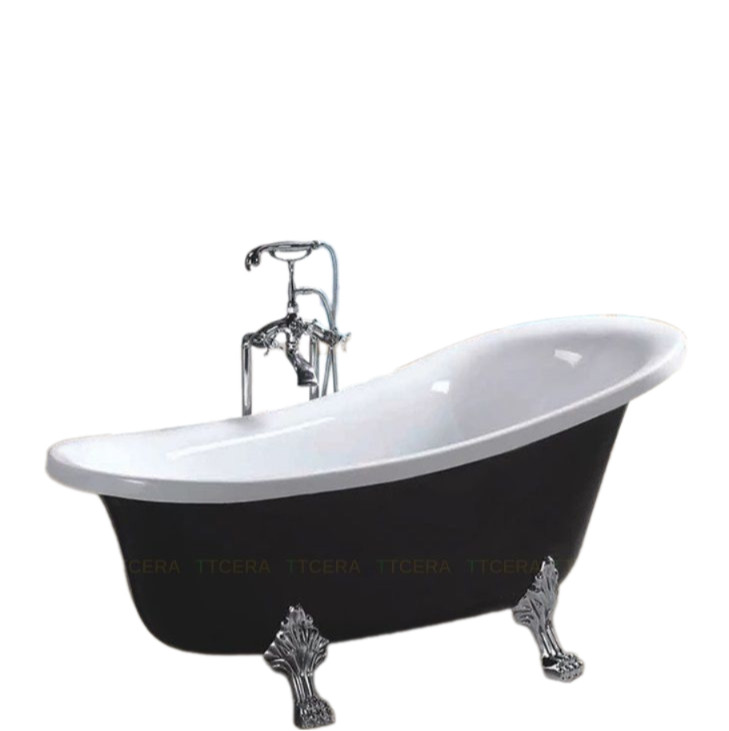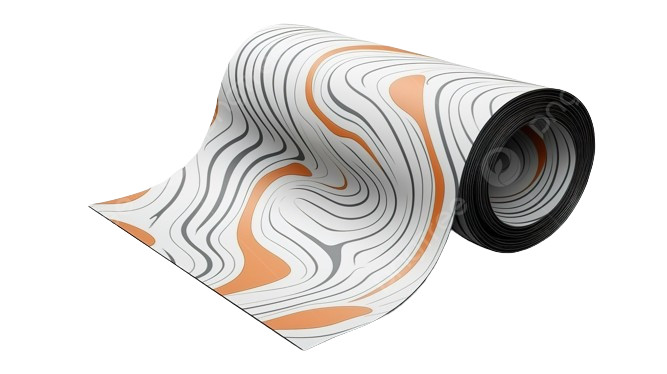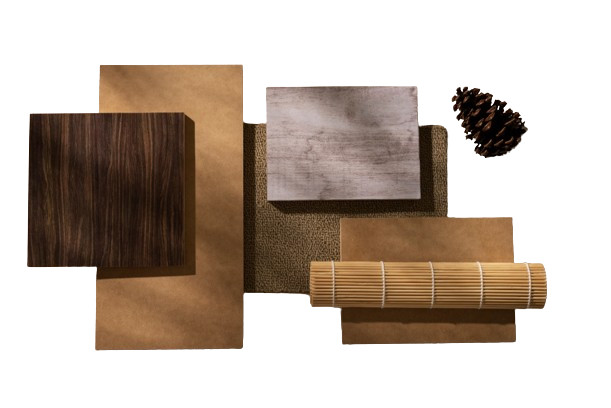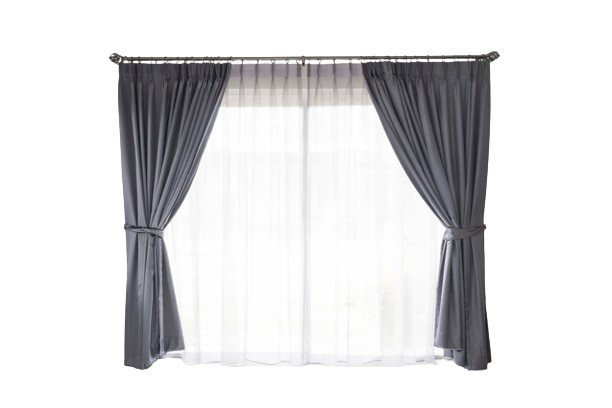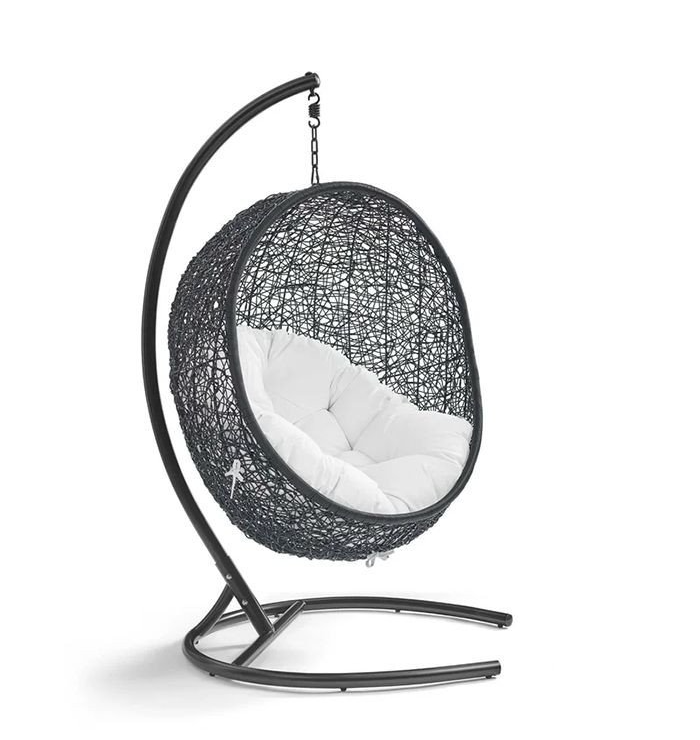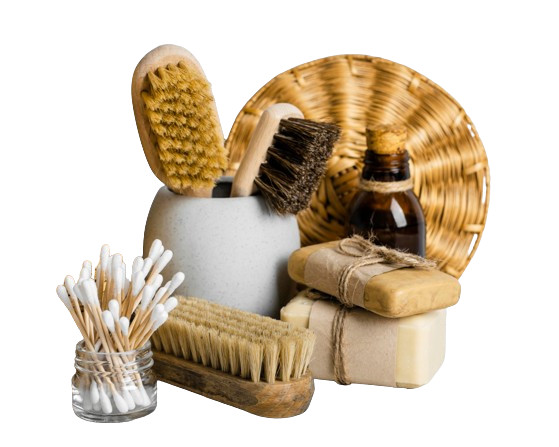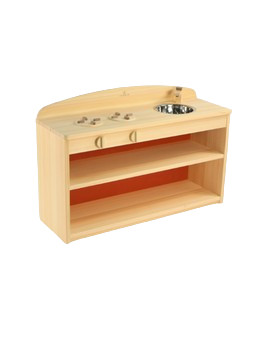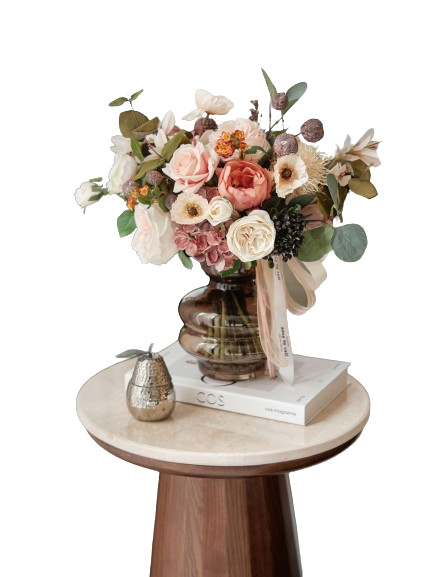JAPANESE TRADITIONAL CRAFTS
In Japan, many daily necessities which are made by using traditional manufacturing methods and raw materials that have been nurtured and inherited through history and climate. Please try incorporating traditional Japanese crafts into your daily life.
tsubame hand-hammered copperware
TSUBAME Tsuiki Doki (Beaten Copperware)
Location: Niigata
History: the middle of the Edo era (1600-1868)
Tsubame beaten copperware involves hammering a three-dimensional shape out of a single flat sheet of copper.
History: the middle of the Edo era (1600-1868)
Tsubame beaten copperware involves hammering a three-dimensional shape out of a single flat sheet of copper.
EDO-BEKKO
EDO Bekko (Tortoiseshell Crafts)
Location: the Edo era
History: the mid-17th century
Edo tortoiseshell goods are made from the shells of hawksbill sea turtles, using a special technique to attach pieces of shell together.
History: the mid-17th century
Edo tortoiseshell goods are made from the shells of hawksbill sea turtles, using a special technique to attach pieces of shell together.
Koshu hand-carved seals
KOSHU Tebori Insho (Hand-carved Seals)
Location: Yamanashi
History: late Edo-era (1600-1868)
Koshu seals were originally fashioned from crystal, using traditional techniques developed over many years.
History: late Edo-era (1600-1868)
Koshu seals were originally fashioned from crystal, using traditional techniques developed over many years.
Japan Hakone Marquetry
HAKONE Yosegi Zaiku (Marquetry Wood Mosaics)
Location: Kanagawa
History: around the middle of the 19th century
Hakone marquetry highlights the beautiful colors of Hakone’s natural beauty through many different geometric shapes and patterns.
History: around the middle of the 19th century
Hakone marquetry highlights the beautiful colors of Hakone’s natural beauty through many different geometric shapes and patterns.
yamagata casting
YAMAGATA Imono (Metal Casting)
Location: Yamagata
History: the middle of the Heian era (794-1185)
Many of the cast-iron pots used to boil water for the tea ceremony are produced in Yamagata Prefecture.
History: the middle of the Heian era (794-1185)
Many of the cast-iron pots used to boil water for the tea ceremony are produced in Yamagata Prefecture.
Higo Zougan Inlay
HIGO Zogan (Inlay)
Location: Kumamoto
History: the first half of the 17th century
Higo inlays are known for the profound and austere feelings they evoke. They are created by carving a design into an iron base, laying gold or silver in the carved-out parts and striking it.
History: the first half of the 17th century
Higo inlays are known for the profound and austere feelings they evoke. They are created by carving a design into an iron base, laying gold or silver in the carved-out parts and striking it.
NARA Sumi (Inksticks)
NARA Sumi (Inksticks)
Location: Nara
History: around the year 1400
Nara Sumi, or ink made in Nara, is made through a traditional method that goes back over a thousands years, that has been hardened into a stick so that it is easier to carry around.
History: around the year 1400
Nara Sumi, or ink made in Nara, is made through a traditional method that goes back over a thousands years, that has been hardened into a stick so that it is easier to carry around.
Edo Fishing Poles
EDO Wazao (Fishing Rods)
Location: Tokyo
History: the middle of the Edo era (1600-1868)
Edo fishing rods are practical tools that differ according to the fish and place they are used for as well as the preferences of the owner.
History: the middle of the Edo era (1600-1868)
Edo fishing rods are practical tools that differ according to the fish and place they are used for as well as the preferences of the owner.
NIBUTANI Ita (Wood Trays)
NIBUTANI Ita (Wood Trays)
Location: Hokkaido
History: the latter half of the 19th century
Nibutani Ita is a craft that has been passed down for more than 100 years by the Ainu people living in the Saru River basin.
History: the latter half of the 19th century
Nibutani Ita is a craft that has been passed down for more than 100 years by the Ainu people living in the Saru River basin.
Bizen pottery
Bizen ware
Location: Okayama Prefecture
History: produced in the Heian period
Bizen ware has a long history and was already produced in the Heian period. It is counted as one of Japan's six oldest kilns, and is famous nationwide for its pottery (technically, ``Stoneware'' (``Setsu'' means ``fire stone'')) that has a history of 1,000 years.
History: produced in the Heian period
Bizen ware has a long history and was already produced in the Heian period. It is counted as one of Japan's six oldest kilns, and is famous nationwide for its pottery (technically, ``Stoneware'' (``Setsu'' means ``fire stone'')) that has a history of 1,000 years.
Japan Echizen Lacquerware
ECHIZEN Shikki (Lacquerware)
Location: Fukui
History: the 6th century
The emperor recognized the quality of the lacquerer’s work and it is thought that this official encouragement led to the establishment of Echizen lacquerware as a unique style.
History: the 6th century
The emperor recognized the quality of the lacquerer’s work and it is thought that this official encouragement led to the establishment of Echizen lacquerware as a unique style.
Hakata doll
HAKATA Ningyo (Dolls)
Location: Fukuoka
History: originated in 1600
Hakata dolls can be roughly categorized by type: beautiful women (bijin), Kabuki, Noh, traditional figures, Taoist or Buddhist figures and children.
History: originated in 1600
Hakata dolls can be roughly categorized by type: beautiful women (bijin), Kabuki, Noh, traditional figures, Taoist or Buddhist figures and children.

